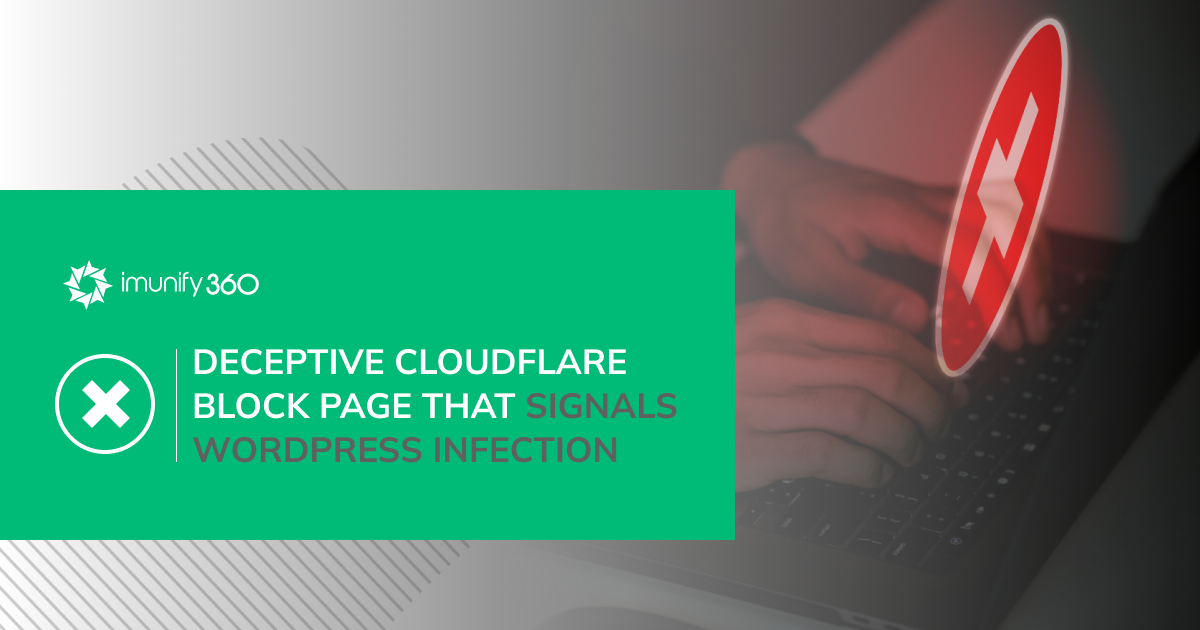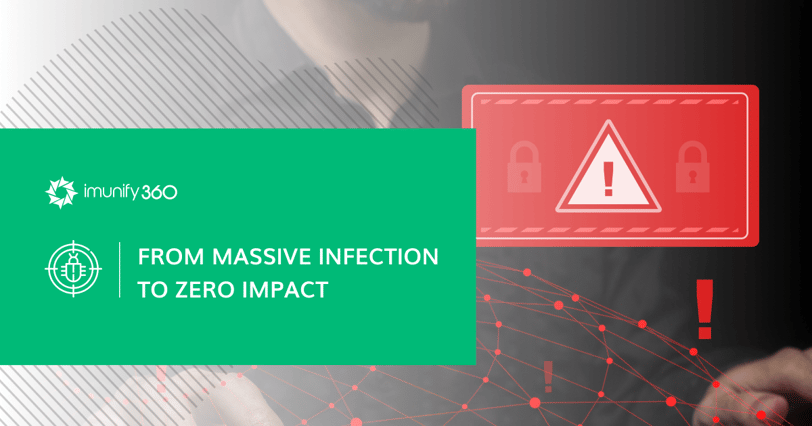 2026 HOSTING INDUSTRY REVIEW
2026 HOSTING INDUSTRY REVIEW
We Need Your Insights. Take part to win a $500 gift card.
 2026 HOSTING INDUSTRY REVIEW
2026 HOSTING INDUSTRY REVIEW
The hosting industry never stands still. Every year, new technologies, fresh challenges, and unexpected opportunities change the way providers serve their customers. That’s exactly why we publish the Industry Year in Review report. It captures where we’ve been, where we’re going, and what it all means for the future of hosting.

We are happy to announce that we made some significant protection improvements for the cases when different protection modules work in cooperative mode.

We are happy to announce that we made some significant protection improvements for the cases when different protection modules work in cooperative mode.

We’re pleased to announce a new version of ImunifyAV(+). Version 6.7 is now available. Discover more features in the Imunify360. The following features are new in the v6.7 release:

We’re pleased to announce a new version of ImunifyAV(+). Version 6.7 is now available. Discover more features in the Imunify360. The following features are new in the v6.7 release:

We’re pleased to announce a new version of Imunify360. Version 6.7 is now available. The following features are new in the v6.7 release:

We’re pleased to announce a new version of Imunify360. Version 6.7 is now available. The following features are new in the v6.7 release:

On Sep 15, we detected a malicious campaign. It was evident that the attackers we discovered were using phishing techniques to trick users into downloading a malicious binary file. They used a fake message on websites stating that a user has been blocked by Cloudflare. Meanwhile, infected websites getting the message would not necessarily even use Cloudflare services.

On Sep 15, we detected a malicious campaign. It was evident that the attackers we discovered were using phishing techniques to trick users into downloading a malicious binary file. They used a fake message on websites stating that a user has been blocked by Cloudflare. Meanwhile, infected websites getting the message would not necessarily even use Cloudflare services.

We’re pleased to announce a new beta version of ImunifyAV(+). Version 6.7 is now available. Discover more features in the Imunify360. The following features are new in the v6.7 beta release:

We’re pleased to announce a new beta version of ImunifyAV(+). Version 6.7 is now available. Discover more features in the Imunify360. The following features are new in the v6.7 beta release:

We’re pleased to announce a new beta version of Imunify360. Version 6.7 is now available. The following features are new in the v6.7 beta release:

We’re pleased to announce a new beta version of Imunify360. Version 6.7 is now available. The following features are new in the v6.7 beta release:

We’re pleased to announce a new version of ImunifyAV(+). Version 6.6 is now available. The following features are new in the v6.6 release. Discover more features in the Imunify360.

We’re pleased to announce a new version of ImunifyAV(+). Version 6.6 is now available. The following features are new in the v6.6 release. Discover more features in the Imunify360.

We’re pleased to announce a new version of Imunify360. Version 6.6 is now available. The following features are new in the v6.6 release:

We’re pleased to announce a new version of Imunify360. Version 6.6 is now available. The following features are new in the v6.6 release:

Infection description
Starting on Jun 29, we detected a malicious campaign that uses Crontab in a chained infection flow. A closer look reveals a common pattern attackers use in order to inject a backdoor to a vulnerable host.
It starts from logging in with previously stolen credentials to the cPanel service. After that, the attacker makes an attempt to upload a backdoor directly to the public directory. And the final step is to set up a CronJob task, containing obfuscated malware, scheduled to trigger every at regular intervals.

Infection description
Starting on Jun 29, we detected a malicious campaign that uses Crontab in a chained infection flow. A closer look reveals a common pattern attackers use in order to inject a backdoor to a vulnerable host.
It starts from logging in with previously stolen credentials to the cPanel service. After that, the attacker makes an attempt to upload a backdoor directly to the public directory. And the final step is to set up a CronJob task, containing obfuscated malware, scheduled to trigger every at regular intervals.
.png?width=1200&name=BLOG%20IMAGE%20(5).png)
Is your server security bullet proof? Could you benefit from a fully automated system that prevents malware and mitigates cyber attacks?
Join hosting security guru Eric Ellis this Friday at 1 pm EST to hear how others are using Imunify360 to secure their servers so they can focus on scaling their business.
.png?width=1200&name=BLOG%20IMAGE%20(5).png)
Is your server security bullet proof? Could you benefit from a fully automated system that prevents malware and mitigates cyber attacks?
Join hosting security guru Eric Ellis this Friday at 1 pm EST to hear how others are using Imunify360 to secure their servers so they can focus on scaling their business.

.png?width=115&height=115&name=pci-dss%20(1).png)
